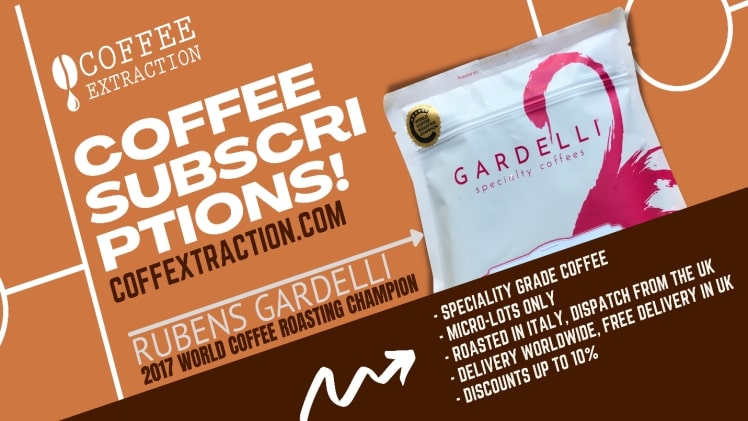The term coffeextraction is used often by coffee professionals. It can refer to several things, including the amount of water and the color of the shot when pulled. The following tips will help you determine the best extraction levels for your beans. Once you know what you’re looking for, you’ll be able to dial in the perfect dose and brew time. Aim for an extraction level of 18-22%. For more detailed information, read the following article.
Coffee extraction
The process of coffee extraction involves three main phases. The first phase is the initial absorption of water by the coffee particles. As the water absorbs the particles, the remaining gases are forced out of the ground coffee. As the solubles begin to dissolve in the water, they start to exit the particle into the overall solution. This process takes place at three distinct points. Smaller coffee particles penetrate the water more quickly, which reduces the amount of time the water has to be filtered.
Coffee grounds
The second phase is the actual extraction process. This involves dissolving the coffee grounds with water. As the water dissipates the coffee’s compounds, the liquid extracts the sugars and acids, leaving behind the oils and solid particles. The next phase is the acidity and bitterness, which is what gives the coffee its flavor. An under-extracted coffee will have an unpleasant aftertaste and may not taste pleasant at all.
Filter the water
The last step of coffee extraction is to filter the water. You should remove as much water as possible from the grounds before brewing. Then, a small amount of water will remain in the grounds, resulting in a beverage that tastes like a sandpaper. This will make the beverage taste dry and taste sour. If the extraction process is too long, the coffee will lose its flavor and will be empty. So, it’s better to start with a small quantity, and then increase the pressure gradually.
Latest songs download from naa songs
Final brewing
The next step in coffee extraction is the final brewing. While many people use a manual coffee grinder to grind the grounds, it’s essential to measure the extraction yield. If the yield is too low, the coffee will be too bitter. The last step is to brew a cup of coffee with the desired amount of water. The water will have a density of approximately 280 grams. Using a scale can help you determine the right proportion of water.
When brewing coffee, t is the percentage of coffee that has been extracted. The lower the number of grams, the higher the yield. A typical 36-gram cup of coffee has an extraction yield of 20%. Despite this, some people find it difficult to find a suitable measurement of extraction yield. If the yield is too high, the coffee will taste bitter and be unpalatable. For this reason, it’s important to pay close attention to the amount of water and grounds.
When brewing coffee, it’s vital to follow the extraction yield. If the yield is too low, you’ll have an empty cup of coffee. Ensure that the extracting water is as cold as possible, as this will cause the coffee to lose its flavour. For the best results, try to use a filter or a stainless steel strainer. Then, you’ll be rewarded with a perfectly brewed cup of coffee.
Measure the water
To get the maximum amount of coffee from your beans, you should carefully measure the mass of the water and coffee grounds. If you use water, you should use the smallest amount of water for a 36-gram cup of coffee. However, if the water is too hot, it will reduce the extraction yield. Besides, a higher t will mean more flavor in your coffee. This will increase the flavor by 80%. For the best extraction yield, you should grind the coffee to a fine powder or coarse powder.
In Final:
If you’re brewing coffee from beans, you should be aware of the different types of coffee available. Some varieties are more bitter than others. A properly brewed coffee should be dark and odorless. But if you’re using a roasted bean, it’s best to use the roasted beans. You can also grind the beans yourself for a more precise extraction. This method will yield a coffee that is darker than you expected.
Read more about: top por tal

